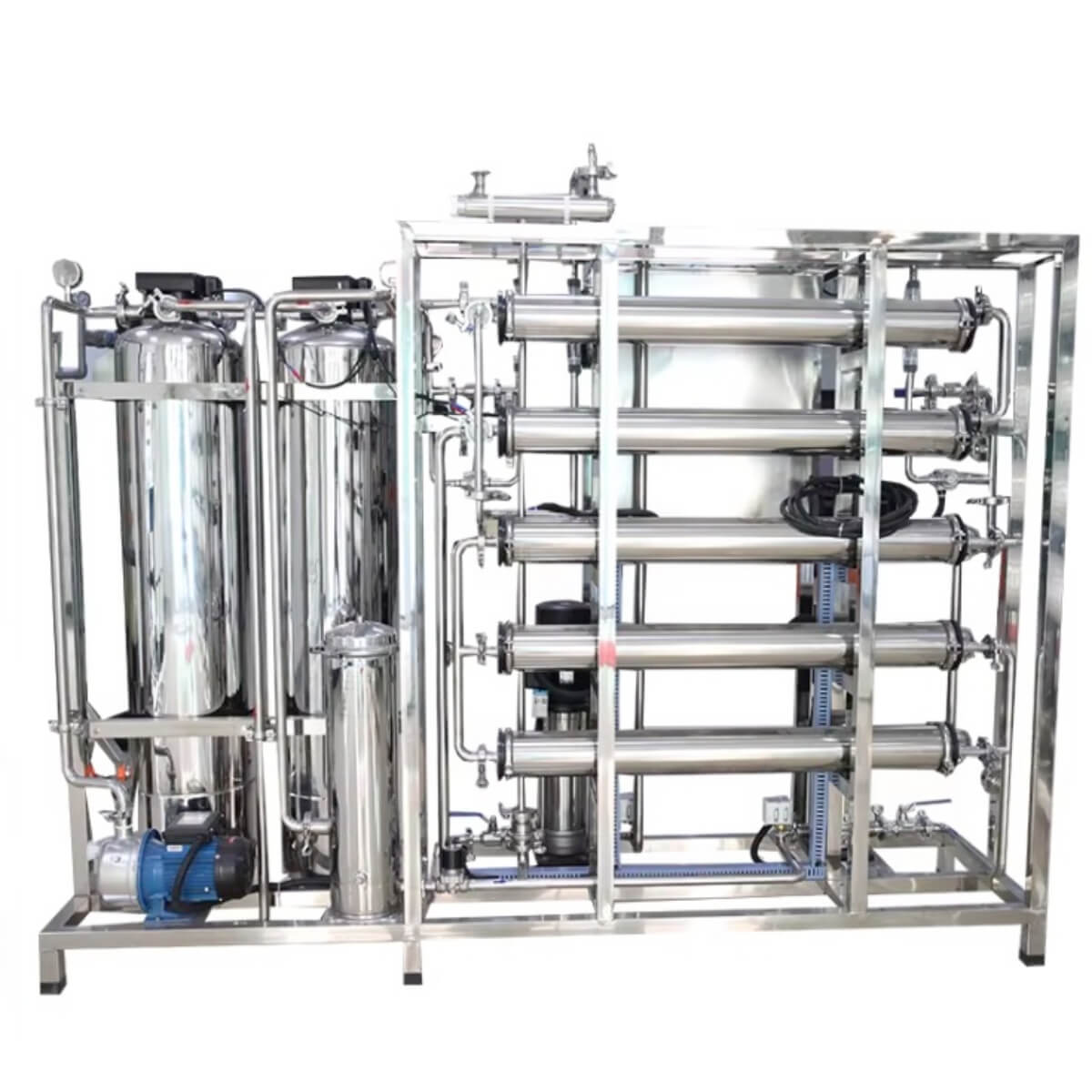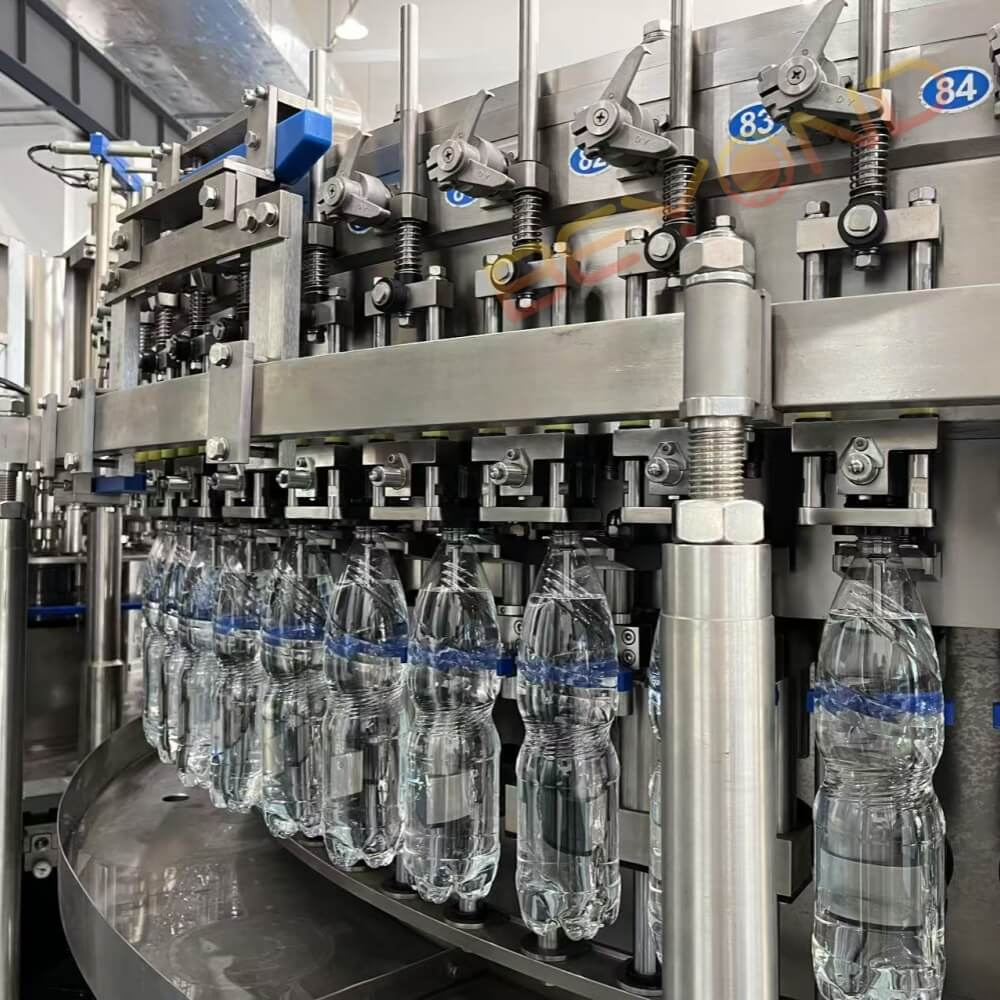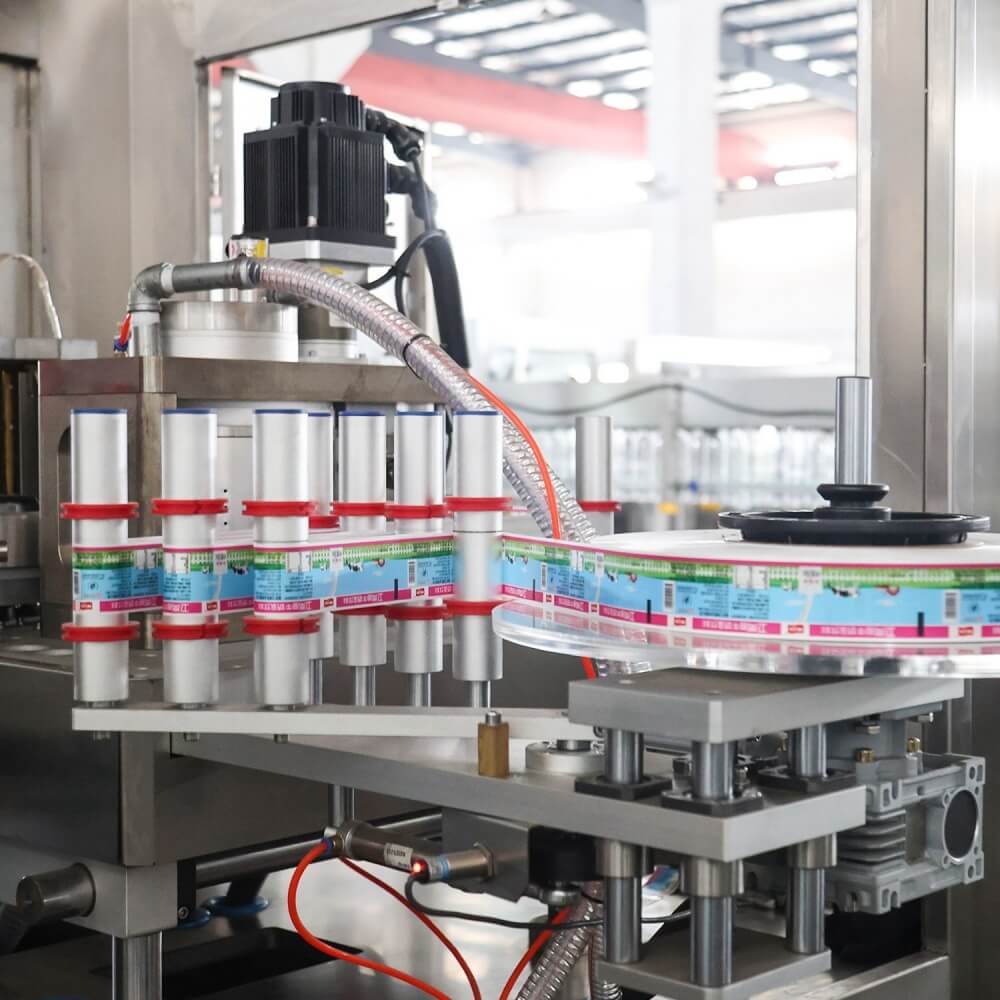Struggling with carbonation inconsistencies, contamination risks, or inefficiencies in carbonated soft drink (CSD) production? These common issues can lead to product recalls and financial losses. To ensure high-quality, cost-effective manufacturing, producers must follow strict quality control measures, use advanced carbonation and bottling techniques, and maintain optimal sanitation standards. This guide covers the essential steps, equipment, and precautions for safe and efficient CSD production.
The Key Steps in Manufacturing CSDs
Step 1: Water Treatment

Water is the main ingredient in CSDs. Therefore, it needs to be purified.
How: Filter it (sand, carbon), reverse osmosis, deionization, and finally UV sterilization.
Why: To remove contaminants, chlorine, organic matter, and microorganisms to ensure clarity and taste.
Related Comment: If the water is not properly treated, it will create off-flavors, allow microbes to flourish and cause the final product to go unstable.
Step 2: Prepare the Syrup
The syrup consists of sugar (or artificial sweeteners), flavoring agents, acidulants (citric or phosphoric acid) and preservatives.
How:
- Dissolve the sugar (if using granulated sugar, heat it up).
- Mix in the concentrated flavoring and preservatives.
- Filter it to get rid of anything that did not dissolve.
Related Comment: If you do not always formulate your syrup precisely the same way every time, you will have flavor issues and possibly crystallization issues with the final product.
Step 3: Carbonate and Mix

Carbonation provides mouthfeel, taste, and significantly increases shelf life.
How:
- Blend syrup with treated water in the correct proportions.
- Chill the liquid mix to between 0-4°C to facilitate CO₂
- Inject carbon dioxide into the mix at a controlled pressure until the desired level of carbonation is achieved.
Related Comment: If your CO₂ level is not stable, your drink will be flat or spew foam all over when opened.
Step 4: Bottle and Cap

Use sterilized bottles (can be PET or glass) to contain the carbonated beverage and maintain the carbonation.
How:
- Fill them using counter pressure or isobaric fillers (so you do not lose any CO₂ while filling).
- Capping: Secure closure using crown caps, screw caps or snap-on closures.
Related Comment: If you are not using the right method to fill, you will have foaming issues, product loss, and possible under-filled bottles (which can cause legal problems).
Step 5: Label and Pack

Once sealed, label the bottles and pack them for shipment.
How:
- Labels can be shrink sleeves, pressure-sensitive labels, or wrap-around labels.
- Pack bottles into 6-pack, 12-pack or cartons and shrink wrap for stability.
Related Comment: If you do not pack correctly, you will have issues with product integrity and possible failures to comply with labeling regulations.
Step 6: Quality Control/Inspection
Before shipment, test everything to ensure it meets quality standards.
Test for: CO₂ levels, pH, Brix, micro, and taste consistency.
Inspect using: X-ray detection, metal detectors, visual inspection, automated weight checks.
Related Comment: If you do not have strict quality control, expect to have recalls and lose customers’ trust.
Essential Equipment Needed to Manufacture CSDs
2.1 Water Treatment System
Sand filters, carbon filters, reverse osmosis units, UV sterilizers.
Purpose: They remove impurities and help treat water for clarity and stability of the beverage.
2.2 Syrup Mixing and Blending Equipment
Heated mixing tanks, high-speed homogenizers.
Purpose: Uniformly dissolve sugars and dissolve flavoring agents.
2.3 Carbonation System
CO₂injection units, carbonators, deaeration tanks.
Purpose: Maintain the correct levels of CO₂ in your CSD.
2.4 Filling and Capping Machines
Filling types: Isobaric fillers, volumetric fillers.
Capping types: Crown cappers, screw cappers, snap-on cap machines.
2.5 Labeling and Packaging Machines
Labelers: Shrink sleeve, roll-fed, wrap-around labelers.
Packaging solutions: Shrink wrappers, case packers, palletizers.
2.6 Quality Control Equipment
CO₂ testers, pH meters, Brix refractometers, microbial analyzers.
Precautions When Manufacturing CSDs
3.1 Hygiene and Sanitation
Diligence must be paid to hygiene. This is imperative and has regulations pertaining to it.
Best Practices:
Use clean-in-place (CIP) for tanks, pipelines, and filling equipment.
Use food-grade lubricant to keep the lines running smoothly without contamination.
3.2 Carbonation Levels
The amount of CO₂ must be controlled for your drink to have the correct “mouth feel” and taste.
Key Controlling Factors:
Control temperature of the beverage when injecting CO₂.
Have a good deaeration system to remove excess oxygen from the beverage to reduce oxidation.
3.3 Bottling Pressure and Temperature
If the filling pressure is inconsistent, it leads to major foaming issues and loss of CO₂.
Ways to Prevent Issues:
Maintaining constant pressure in the filler tank.
Do not expose to excessive heat (lowers the ability to retain carbonation).
3.4 Preventing Bottle Explosions
Too much pressure in glass or plastic PET bottles can lead to catastrophic accidents.
Ways to Prevent Explosions:
- Ensure that the walls of the PET bottle are thick enough or the integrity of glass bottles.
- Maintain the correct levels of CO₂ to avoid excessive levels of pressure inside.
3.5 Adherence to Regulatory Requirements
International regulations exist for safety, and without adhering to these requirements, you will not be able to sell your product.
Regulatory Guidelines:
- Follows guidelines established by the FDA, ISO, and HACCP for safety.
- Regularly test for the presence of unwanted microbes and chemicals.
Conclusion
Manufacturing carbonated soft drinks requires technical know-how, expensive equipment, and strict adherence to quality control. A significant upfront investment in manufacturing equipment, along with knowledge of how to carbonate properly and maintain cleanliness, will lead to a smooth operation, consistent product quality, and safe-to-consume beverages that your customers will enjoy.


